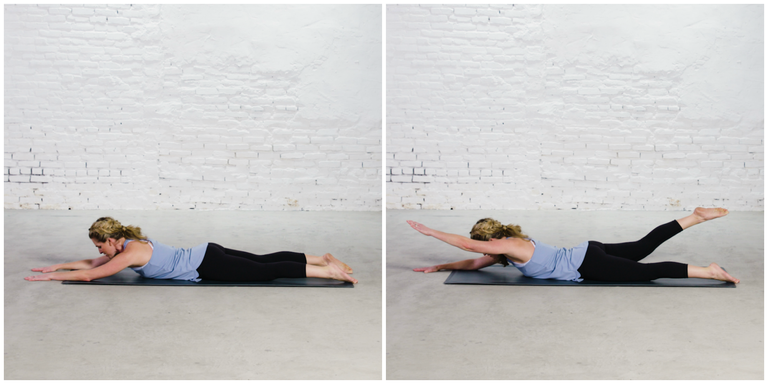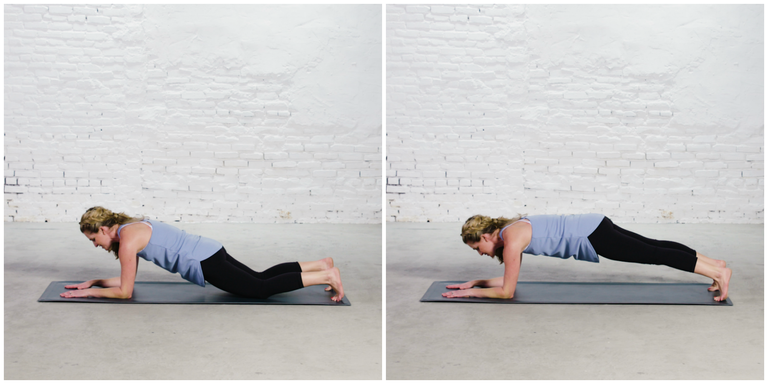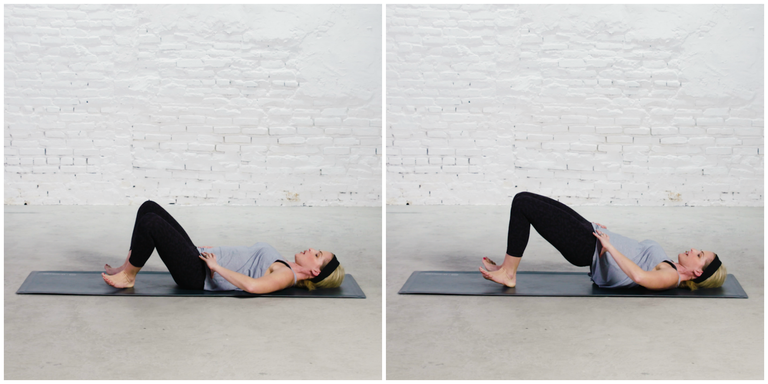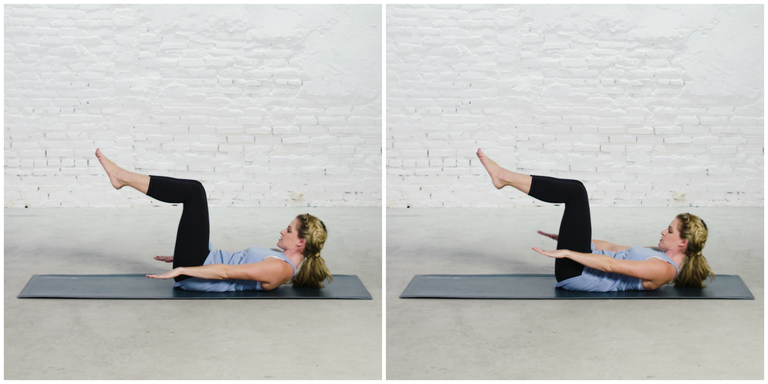Lower back pain affects about 80% of the population at some point. It’s the third most common reason to see a doctor and the second leading cause of missing work—only the common cold beats it!
Back pain can stem from a long list of causes: sprains and strains on one end, herniated discs and fractures on the other. Less serious—and more common—culprits include daily habits like poor posture, slouching while seated at your desk, and lugging a heavy purse on one shoulder.Fortunately, in many cases the best medicine is exercise.
While not every exercise style will do the trick, Pilates is one that can. Whether you take a class or hit the mat at home, practising these low-impact routines can help ease back pain, as well as prevent it.
Combining deep breathing and short, precise movements strengthens your deep abdominal and back muscles. Try these moves that target various parts of your core:
Swimmers:
Every time you tilt, twist, or arch your back, you engage your multifidus, a series of tiny muscles that are attached to the spinal column and stabilise the vertebrae. Keeping them strong and limber is vital. Moves that start from a stomach-down position like Swimmers fires up the multifidus so that it supports your spine better.

How to:
- Lie on your stomach with your arms extended, your head and neck lifted off the floor.
- At the same time, lift opposite leg and arm, hold for a moment, and return them back to starting position.
- Repeat on the other side.
Related article: 5 Stretches In 5 Minutes – Prime Your Muscles For A Safer, More Efficient Walk Or Run
Plank Singles:
The deepest of the abdominal muscles, the transversus abdominis (TVA) wraps horizontally across your lower abdomen to keep internal organs in place and support the spine. Plank variations like plank singles lower the strain on your back by forcing your deep core muscles to do all the work.

How to:
- Begin on your stomach, propping your upper body onto your forearms, toes pressed into the mat.
- Draw your abs in and use your core to press your knees up into a forearm plank position.
- Reverse the move, using your abs to control your knees back down, then your stomach, to starting position.
Related article: Yoga for Sleep -10 Exercises To Make Your New Favourite Healthy Habit
Shoulder Bridges:
Think of your pelvic floor like fibres in a piece of fabric that carries your pelvic organs and helps stabilise your pelvis as you move. If pregnancy or age stretch them out, they can’t support those areas and their functions with full strength. This move uses gravity to take pressure off the pelvic floor while strengthening it at the same time.

How to:
- Lie on your back with your knees bent, arms at your side.
- Lift your butt off the ground to create a straight line from your knees down to your shoulders, making sure to keep your core tight and not to arch your lower back.
- Return to starting position.
Related article: 4 Dynamic Stretches That Help Get More Results From Your Workout
The Hundred:
The hundred does wonders for your diaphragm. Using the same breathing techniques in daily lifting activities also helps make you more mindful of how your body moves so you reduce the risk of back injury. This traditional move balances both inhales and exhales so your diaphragm can efficiently engage the muscles that support the spine, lowering the risk of injury.

How to:
- Lie on your back with your knees lifted to create a 90-degree angle in your legs, head and shoulders lifted off the mat.
- Pressing your core muscles into the mat, pulse your arms up and down in a small motions.
- The goal is to do 100 total pulses, but if you’re just starting out, try 50!

